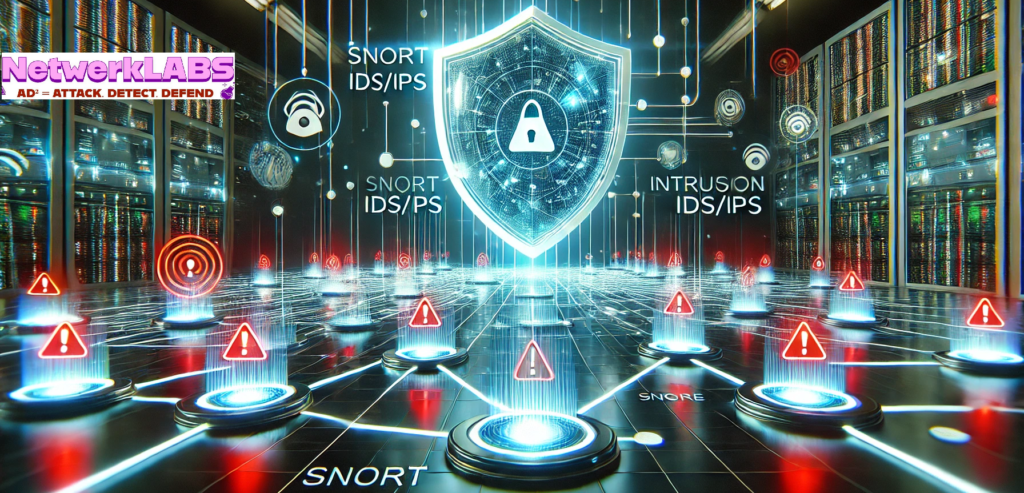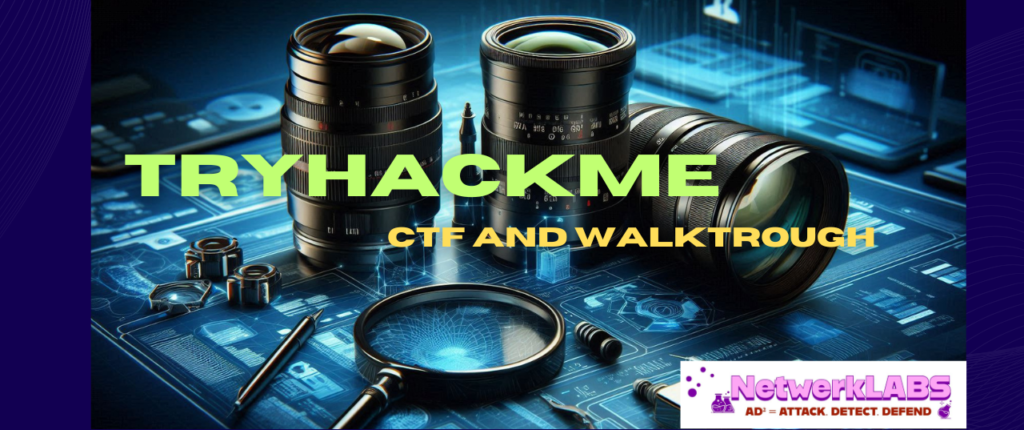Wireshark 101 | Traffic Analysis and Investigation (PART 01)
Wireshark: Traffic Analysis Display Filter Reference Investigating Nmap scans Nmap is an industry-standard tool for mapping networks, identifying live hosts and discovering the services. As it is one of the…










